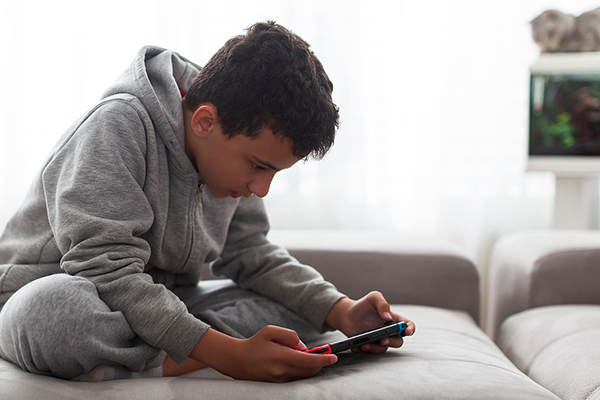You’ve probably heard the word “scoliosis” at some point. Starting in the 1990s, scoliosis screenings became a standard of pediatric care in schools.
The condition is fairly common. In the United States, about one in 25 adolescent girls and one in 200 hundred adolescent boys develop some form of scoliosis.
What Is Scoliosis?
Scoliosis is a medical condition that causes the spine to curve sideways. The condition often occurs as children grow and develop, and the associated curving can worsen during growth spurts.
Idiopathic scoliosis is the most common form of the condition, and the name means that there’s no known cause. There are multiple types of idiopathic scoliosis, related to when the condition develops:
- Infantile scoliosis affects children age 3 and younger.
- Juvenile scoliosis affects children ages 4 to 10.
- Adolescent scoliosis affects children ages 11 to 18.
There are also two other types of scoliosis that are less common — congenital scoliosis, which is present at birth, and neuromuscular scoliosis, which is associated with nervous system problems.
Scoliosis is more common in girls than in boys, and symptoms typically start to appear between ages 9 and 15.
What Are the Signs of Scoliosis?
Should you be concerned with your child’s slight slouch? Or are there signs you should be watching for?
It’s important to note that in many cases, scoliosis is subtle enough — at least at first — that it’s typically only spotted by a health care provider, such as a school nurse or your child’s pediatrician. With that said, though, there are a few signs you can watch for:
- Curving of the upper body into an “S” or “C” shape
- Leaning to one side
- One hip higher than the other
- Sunken chest
- Uneven, rounded shoulders
- Uneven waistline
Scoliosis does not typically cause pain, but in rare cases, back pain can be a symptom.
How Is Scoliosis Treated?
During a scoliosis screening, whether performed at school or during a pediatrician appointment, your child will be asked to bend forward. This allows the medical provider to view the spine, looking for signs of curvature.
Treatment for the condition varies depending on the severity of the curvature and your child’s individual development. In many cases, curvature is mild, and a pediatrician may simply want to keep an eye on how or if the condition progresses.
In other cases, treatment may involve the use of a back brace or surgical correction of the curve. When pain is involved, treatment may also include the use of over the counter or prescription pain medications or injections.




